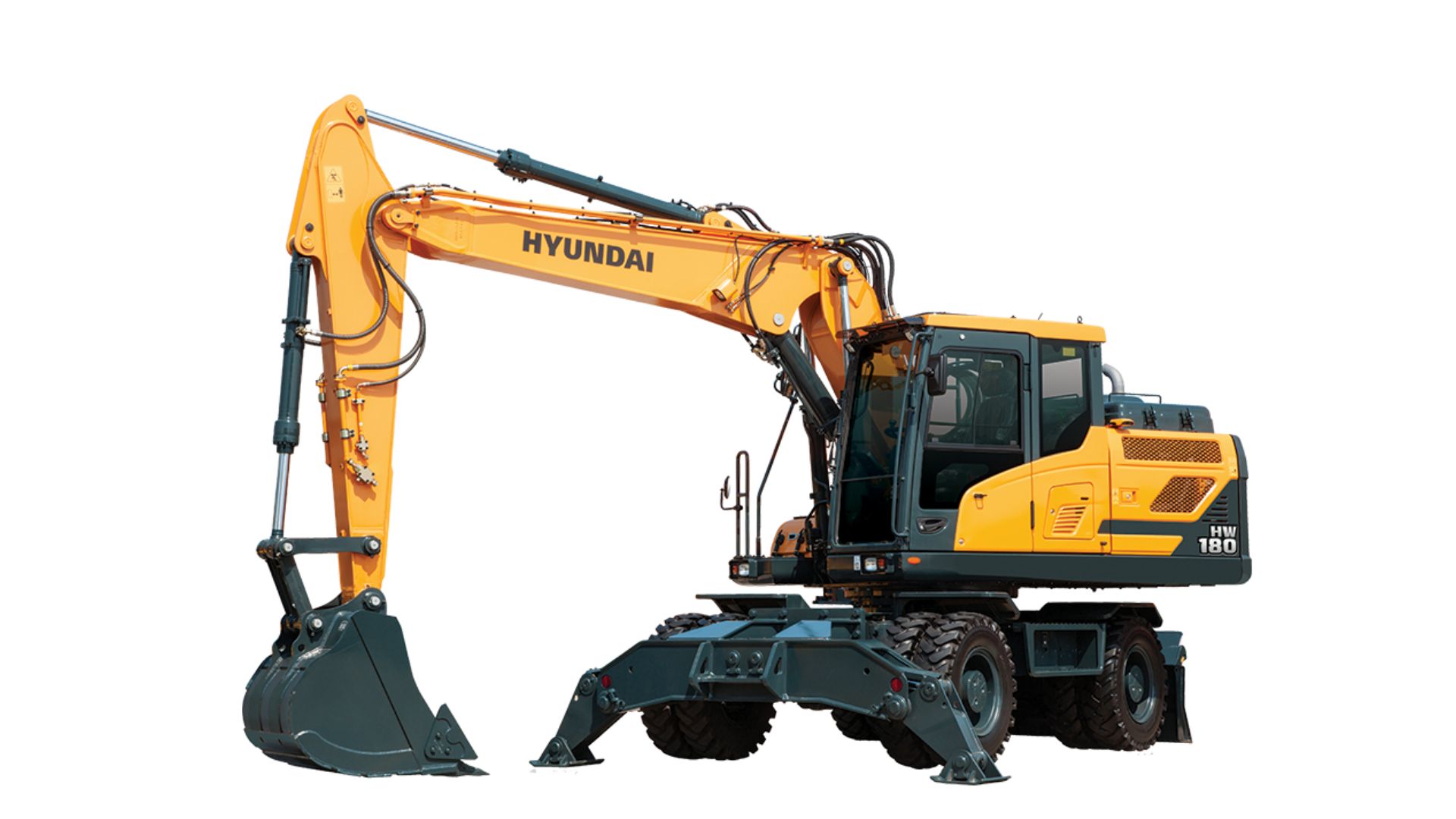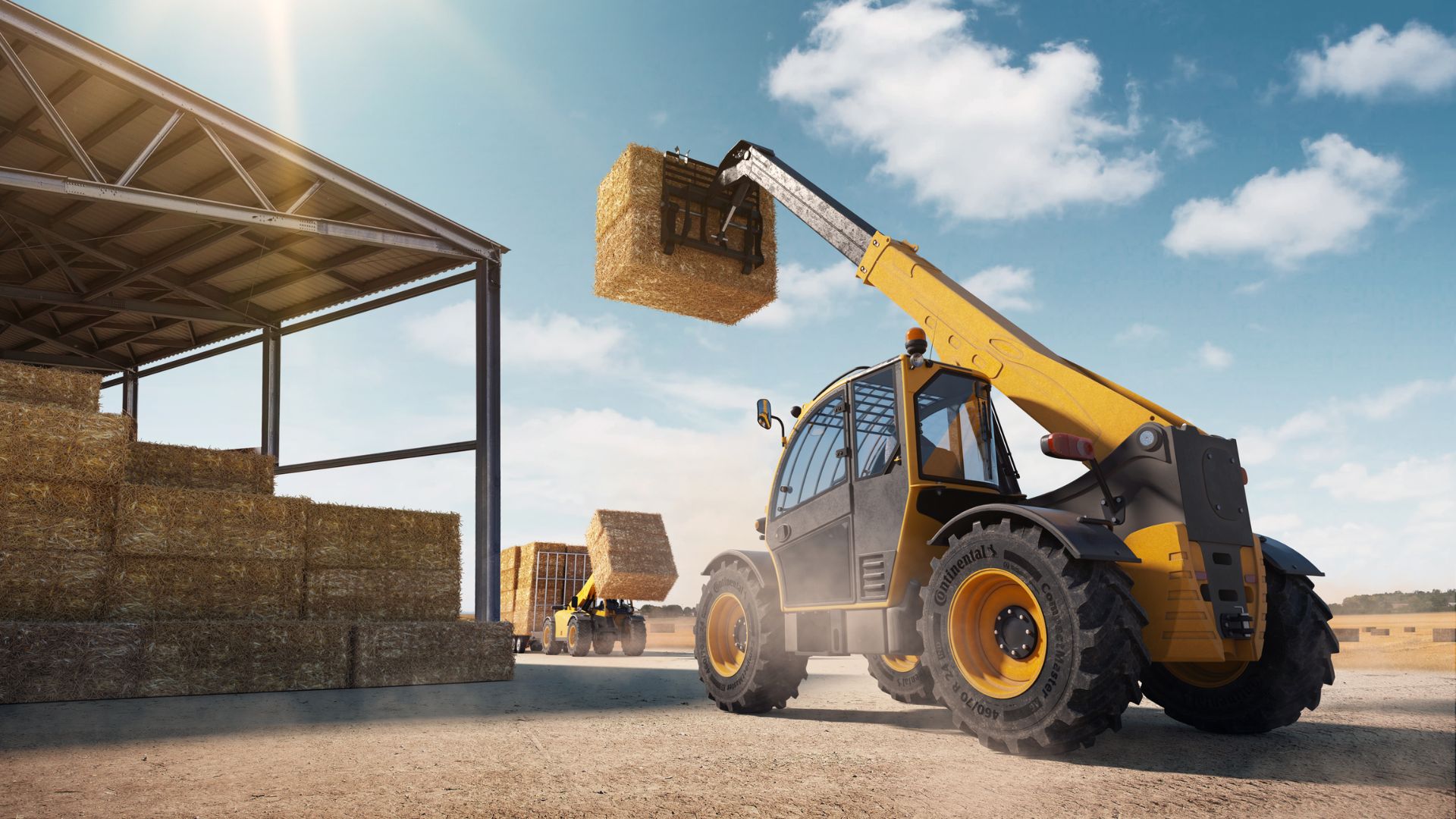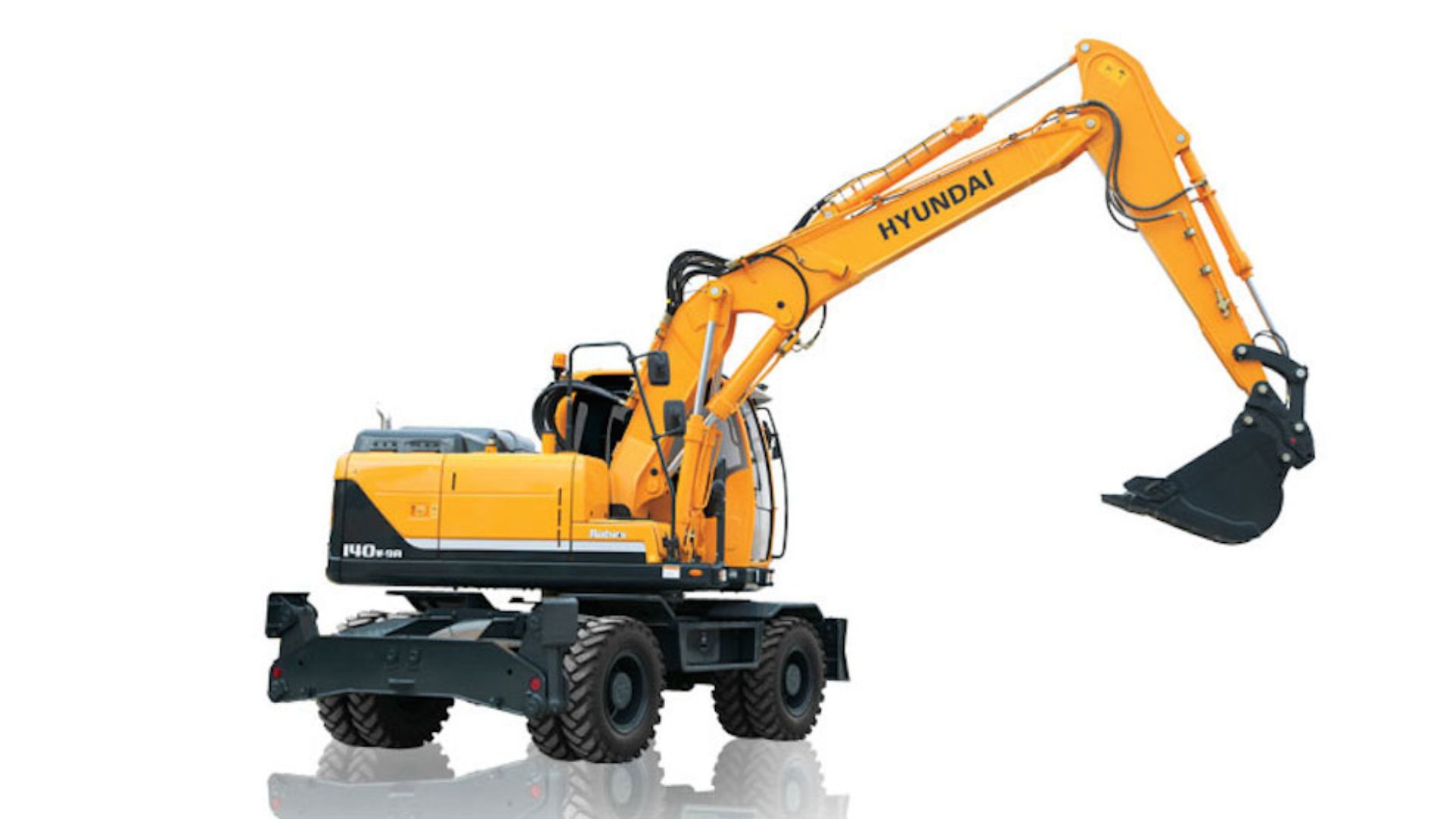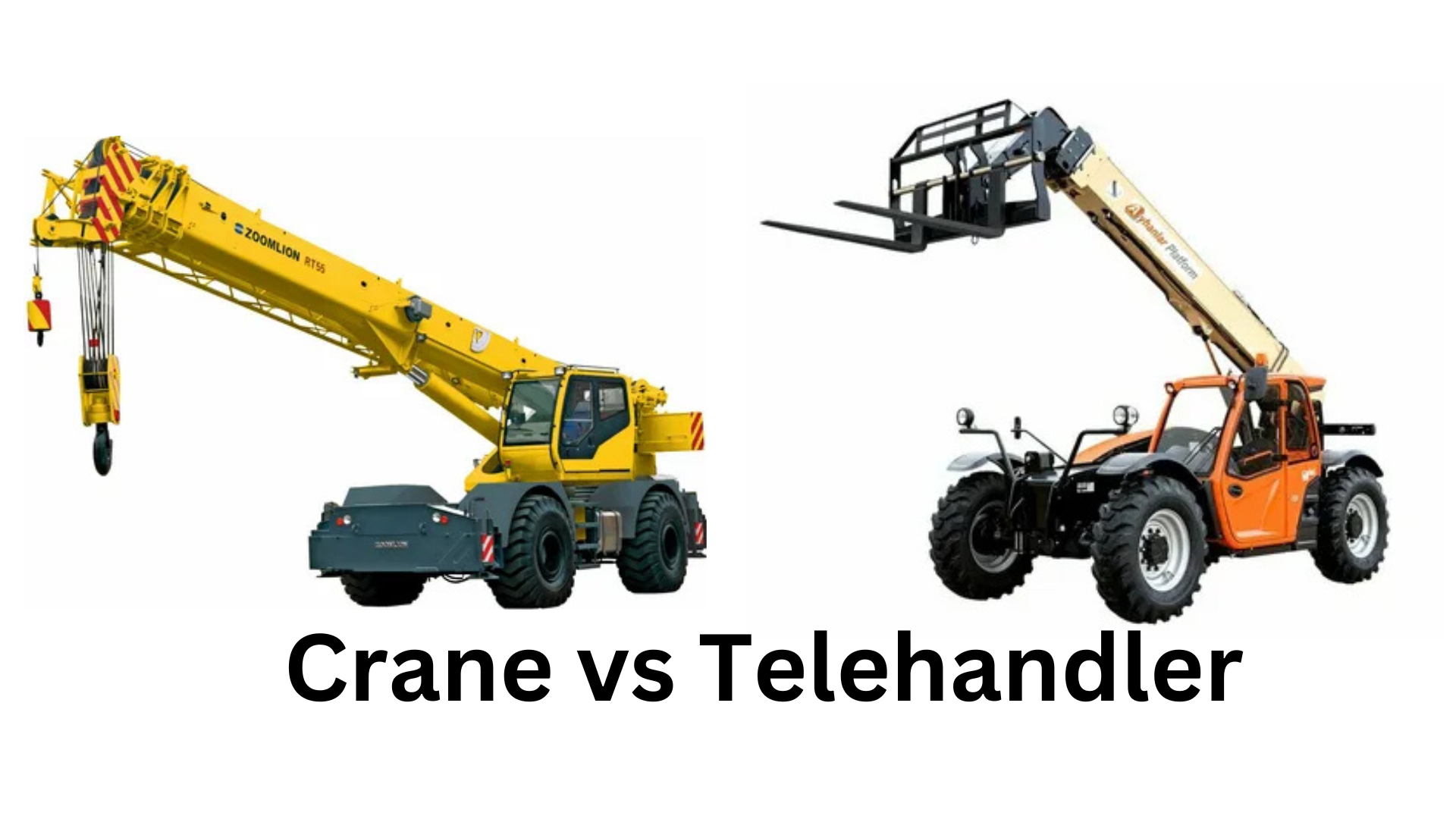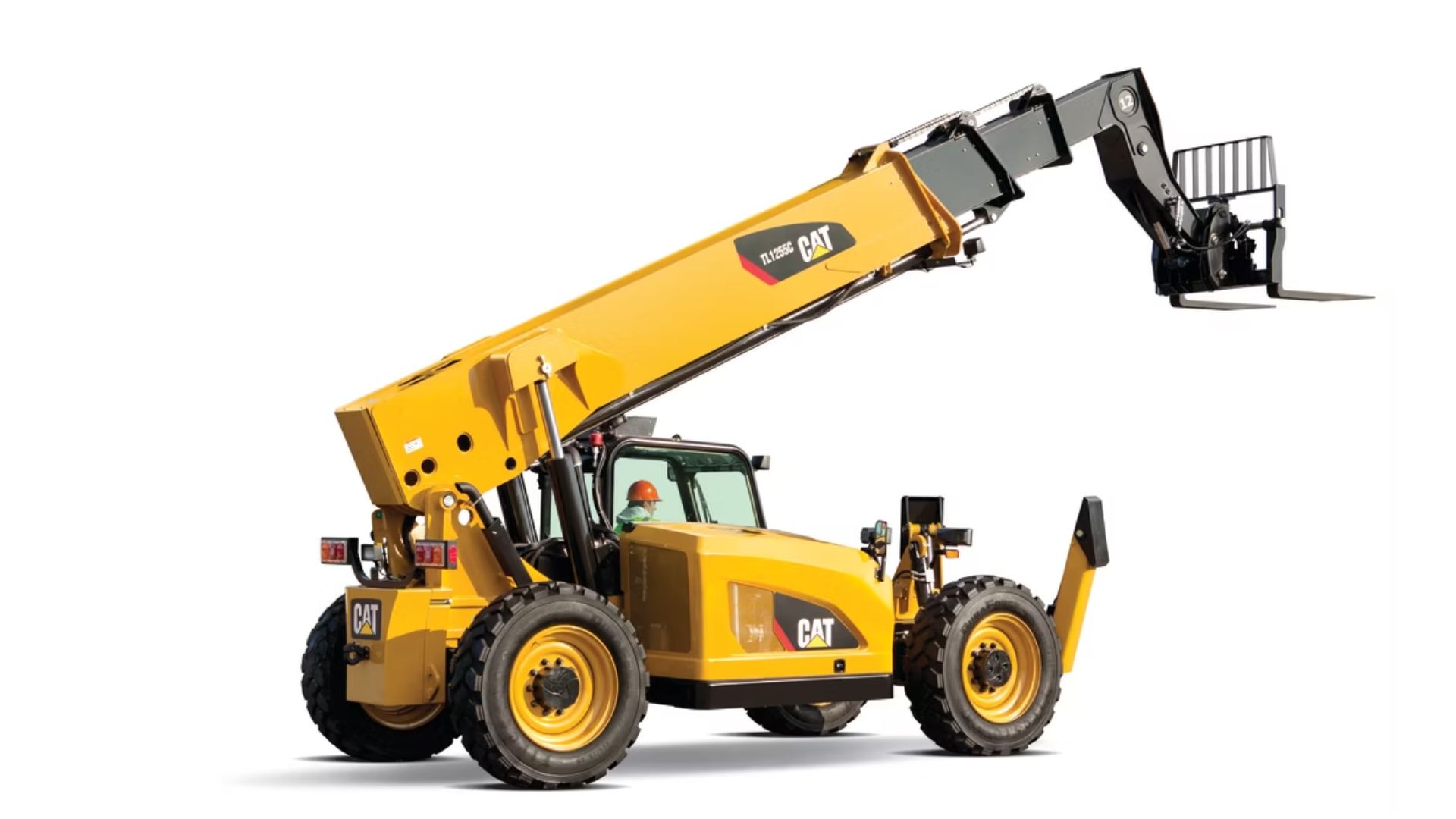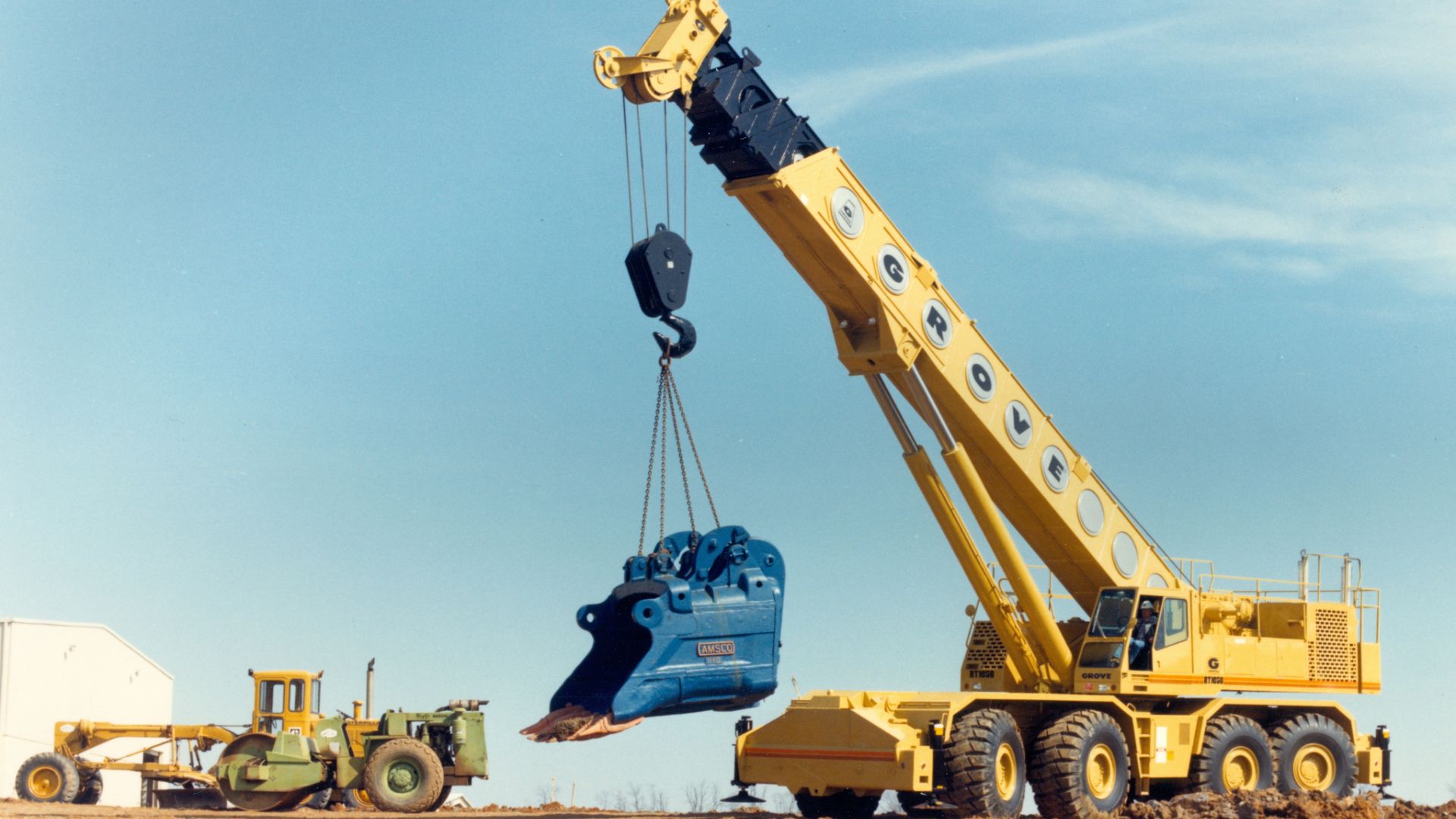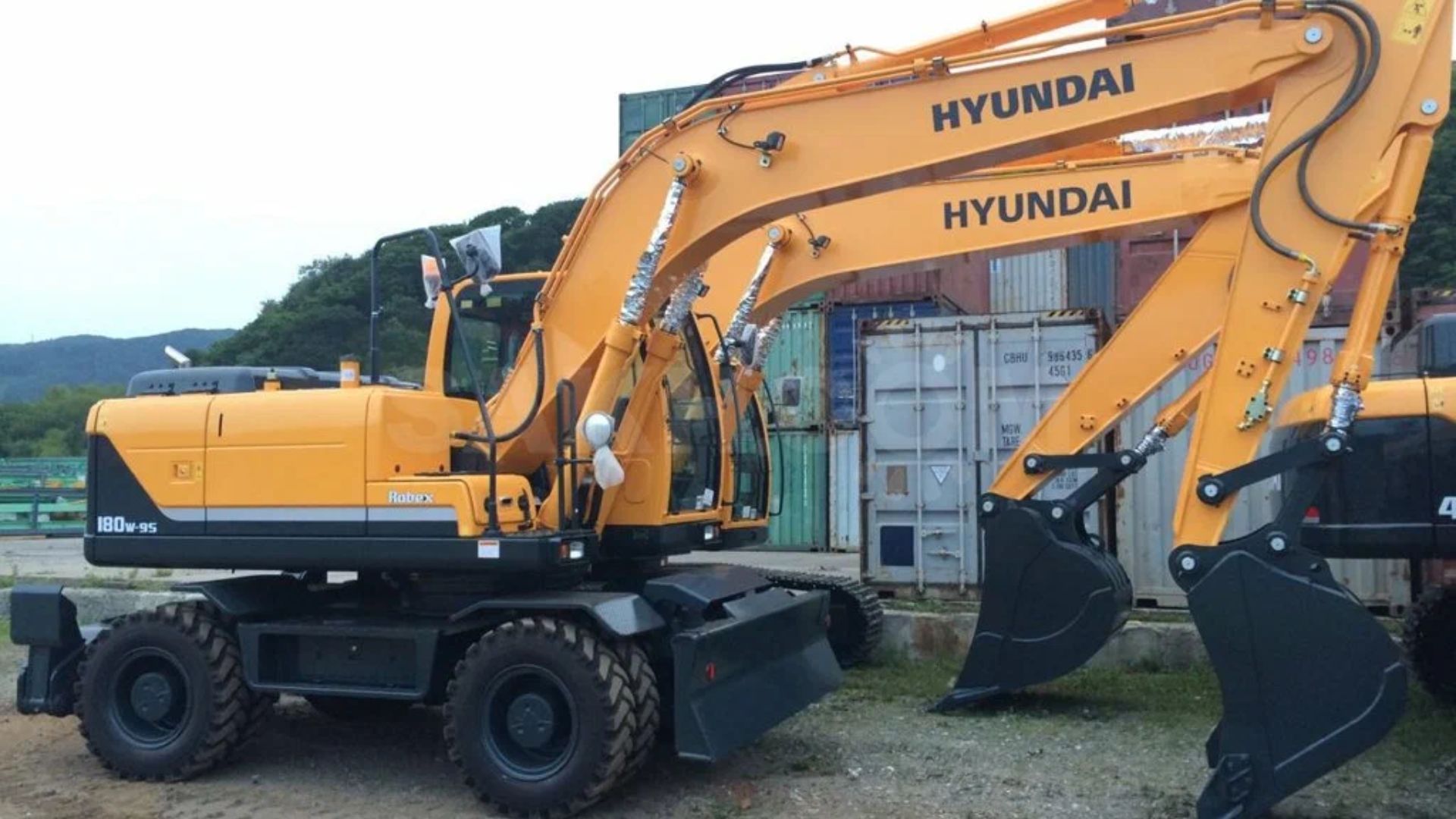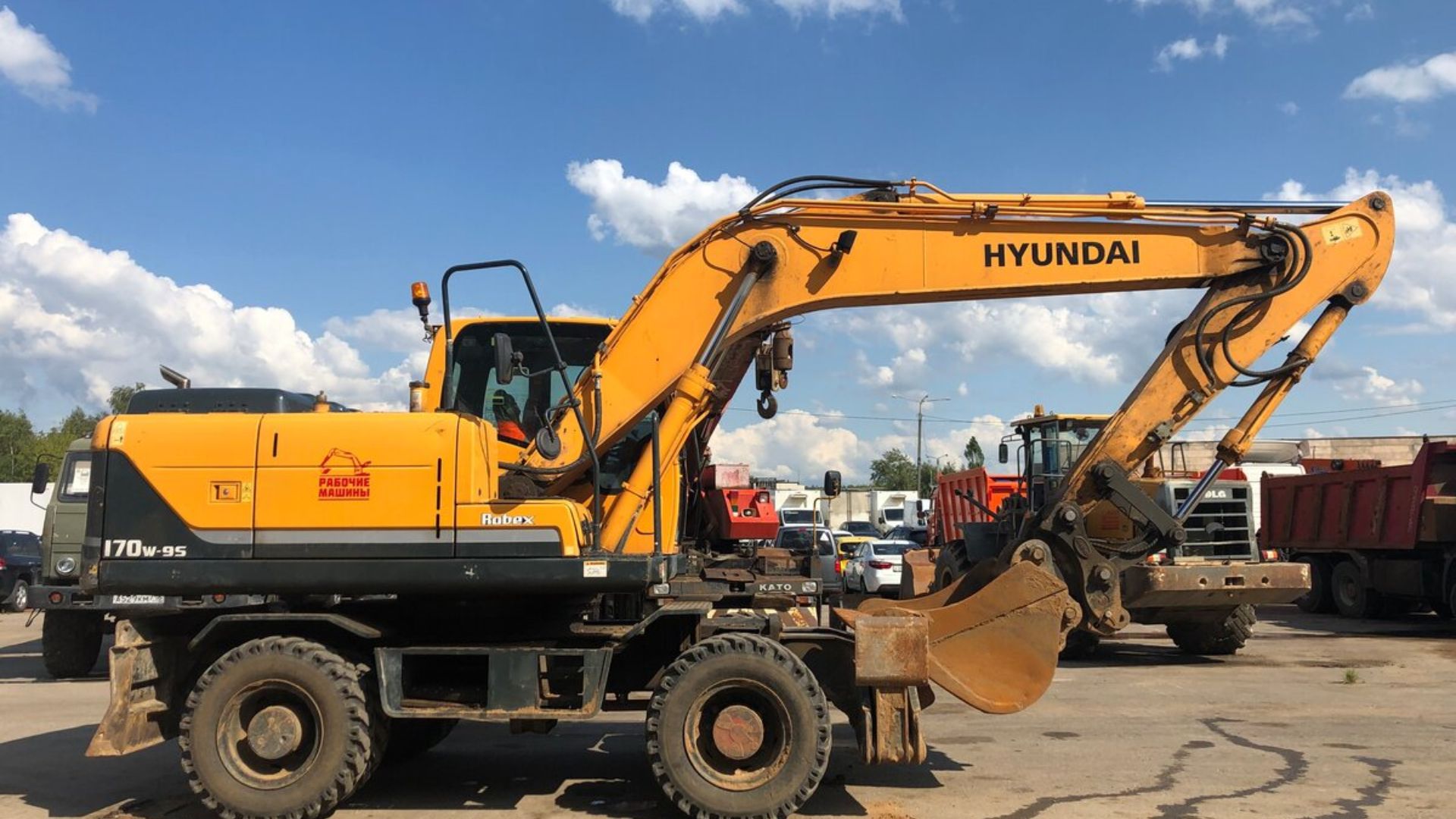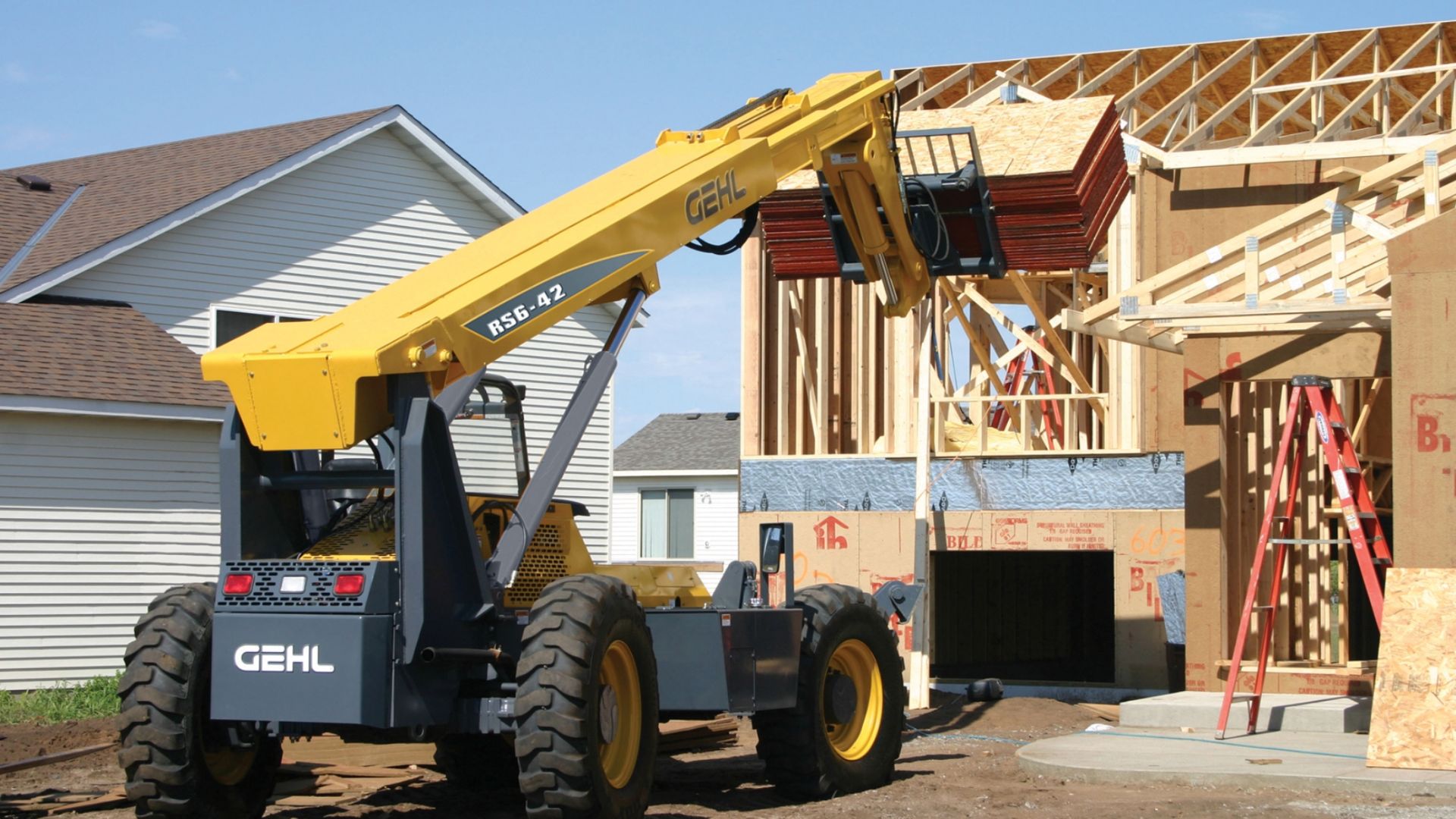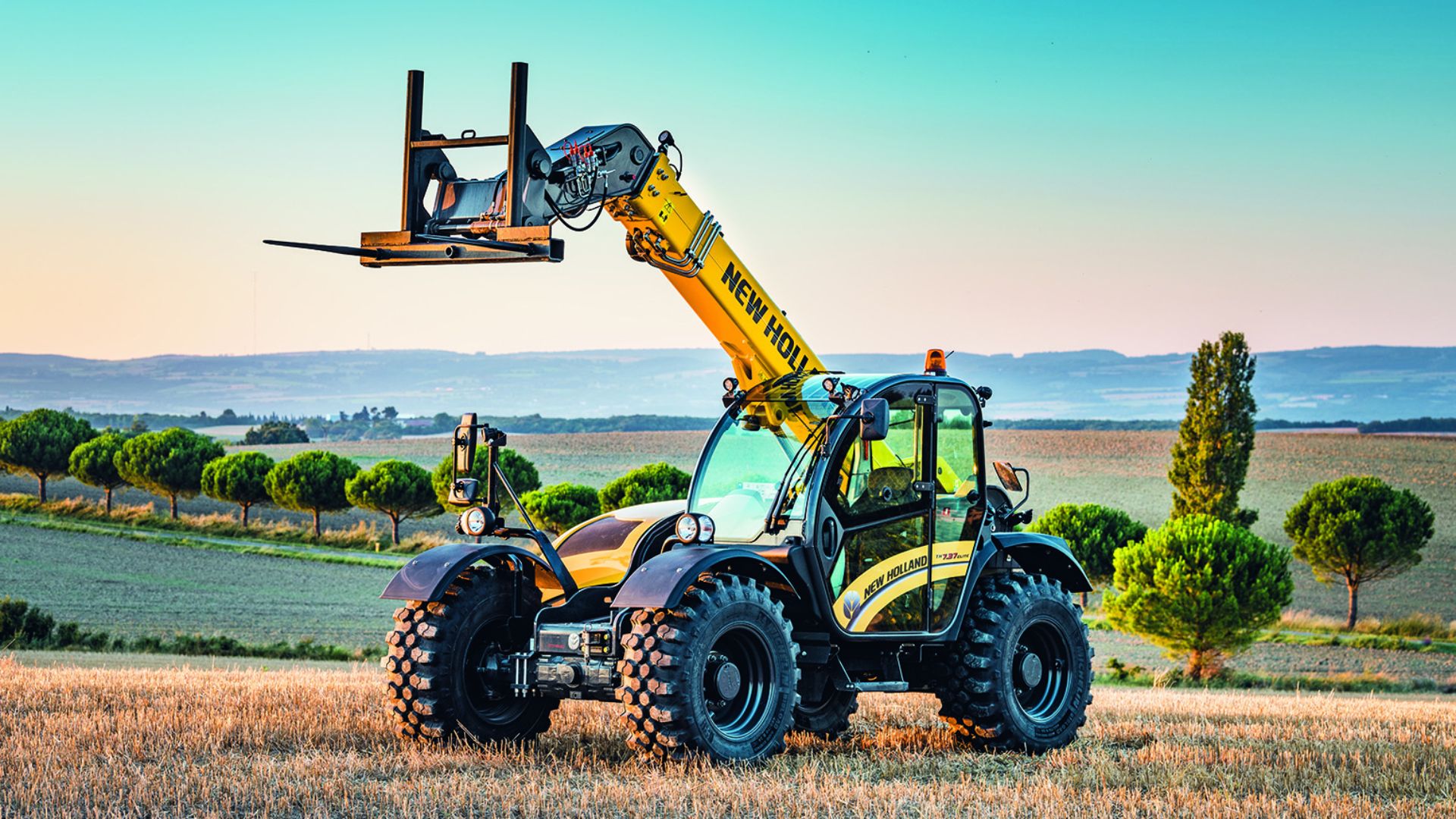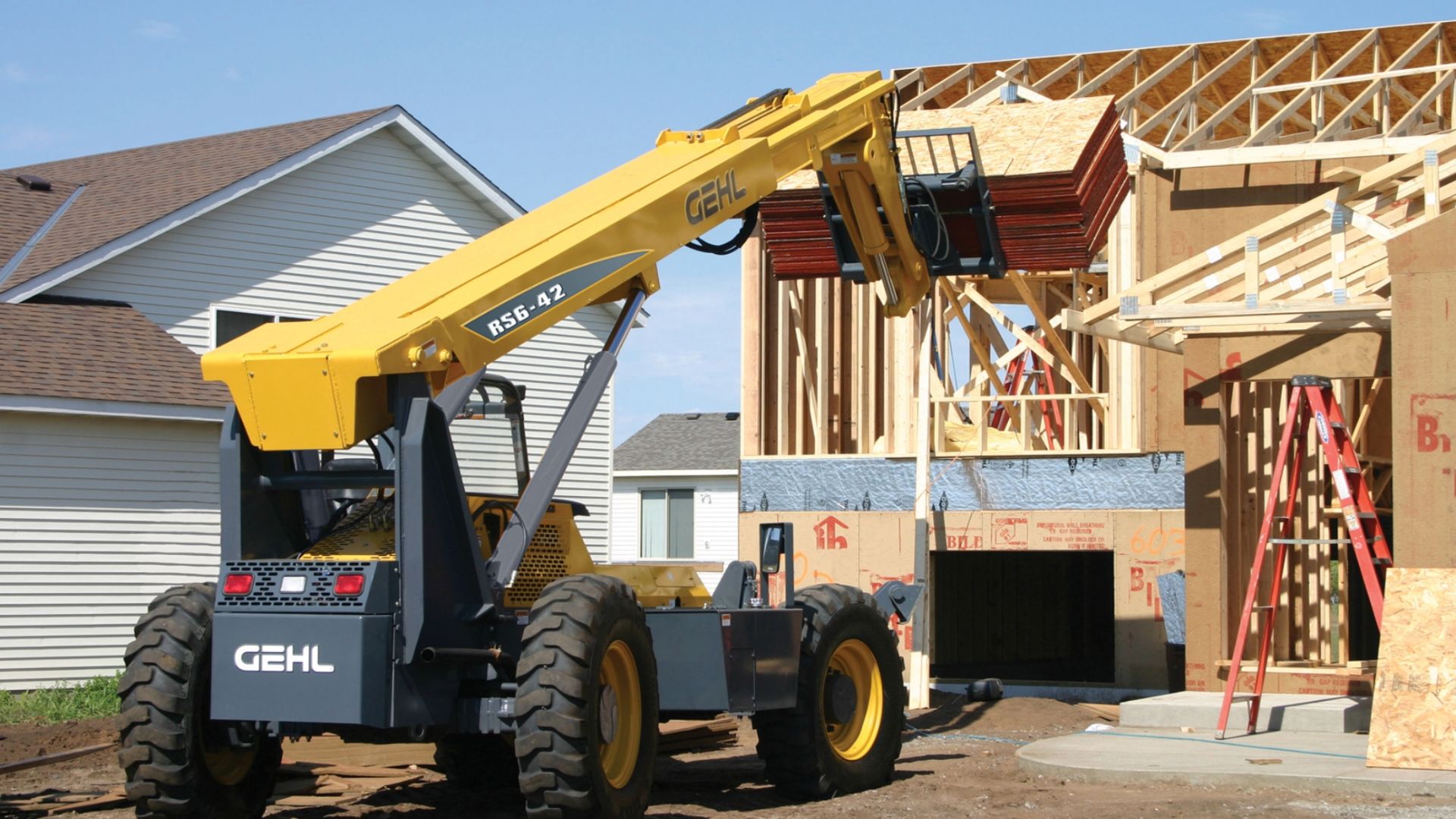Telehandlers—also known as telescopic handlers or boom lifts—have become essential machines on modern construction sites. Their ability to lift, move, and position heavy loads at extended heights and distances makes them highly versatile for material handling, especially in the vertical and uneven terrains of construction zones. However, with great utility comes significant risk. Telehandlers are powerful, but if not operated and maintained properly, they can pose serious hazards to both workers and property.
In this article, we’ll explore essential telehandler safety tips that construction site managers, operators, and crews should follow to minimize accidents, ensure efficiency, and maintain regulatory compliance.

1. Understand the Equipment and Its Limits
Every telehandler model is different in terms of load capacity, reach, and operating features. Before using a telehandler, operators must:
- Read and understand the manufacturer’s manual.
- Be familiar with the load chart and never exceed weight limits.
- Know the maximum height and outreach capabilities of the specific machine.
Tip: Never guess load weights—use proper measuring tools or weigh beforehand.
2. Operator Certification and Training
Telehandlers require specialized training. Only trained and certified personnel should operate these machines. Certification includes both theoretical and practical knowledge about:
- Safe operating procedures
- Machine controls and warning indicators
- Stability and tipping risks
- Emergency shutdown procedures
Note: Refresher training should be conducted periodically or when new equipment is introduced.
3. Pre-Operational Inspection
A daily inspection is crucial to detect potential mechanical issues before they escalate. Always check:
- Tire condition and pressure
- Hydraulic lines for leaks
- Forks, attachments, and boom condition
- Lights, mirrors, and horns
- Warning alarms and backup signals
- Fuel, oil, and coolant levels
Pro tip: Maintain an inspection log to track issues and schedule preventive maintenance.
4. Check Site Conditions Before Use
Telehandlers operate in dynamic construction environments, which are often uneven, cluttered, or unstable. Evaluate the ground conditions:
- Ensure the ground is compact and stable enough to support the load.
- Avoid working on steep slopes or near excavation edges.
- Identify potential overhead hazards such as power lines, tree branches, or scaffolding.
Remember: A stable base prevents tip-overs and structural damage.
5. Use Appropriate Attachments and Secure Loads
Telehandlers can be fitted with different attachments such as forks, buckets, or lifting hooks. However:
- Only use manufacturer-approved attachments.
- Make sure they’re securely locked in place before operation.
- Ensure loads are evenly distributed and secured with straps or chains if needed.
Never modify attachments without proper engineering approvals—it compromises safety and voids warranties.
6. Avoid Overextending the Boom with Heavy Loads
One of the most common mistakes is extending the boom too far with a heavy load. This shifts the telehandler’s center of gravity, increasing the risk of tipping. To avoid this:
- Always consult the load chart to determine the safe boom angle and extension for your specific load.
- Lower and retract the boom when traveling or turning.
- Never use the boom to pull or drag loads.
Fact: More than 30% of telehandler incidents result from overloading and improper boom positioning.
7. Maintain Visibility and Communication
Telehandlers are often operated in crowded environments with limited visibility. To reduce the risk of collision:
- Use spotters or signal persons when maneuvering in tight spaces.
- Equip the telehandler with mirrors, cameras, and backup alarms.
- Always keep eye contact with ground personnel, especially when reversing or lifting.
If visibility is compromised due to weather or obstructions, suspend operations until it’s safe.
8. Travel Safely with and Without Loads
When moving a telehandler, particularly with a load:
- Keep the boom low to maintain stability.
- Drive slowly, especially on uneven ground or around corners.
- Avoid sudden braking or acceleration.
- Use seat belts at all times.
Travel tip: Never carry passengers on the boom or load—this is extremely dangerous and illegal.
9. Parking and Shutdown Procedures
At the end of each shift or during extended breaks:
- Park the telehandler on a level surface.
- Lower the boom completely.
- Engage the parking brake.
- Turn off the engine and remove the ignition key.
This prevents unauthorized use and unintentional movement that could lead to accidents.
10. Emergency Preparedness
Despite best efforts, emergencies can still occur. It’s vital to:
- Have clear emergency exit and equipment shutdown procedures.
- Conduct regular safety drills and toolbox talks.
- Ensure fire extinguishers and first-aid kits are readily available.
- Keep emergency contact numbers posted near the worksite.
Prepared teams respond more effectively to incidents, reducing injury risk and downtime.

Conclusion: Reliable Equipment and Expertise Make All the Difference
Telehandlers are indispensable on construction sites, but only when used with a strong commitment to safety. From operator training to routine inspections and thoughtful site planning, every step plays a role in preventing accidents and improving efficiency.
In the UAE, particularly in fast-paced regions like Dubai and Abu Dhabi, contractors trust their machinery to be both reliable and well-maintained. This is where White Field General Transport makes a powerful impact. Known for its superior fleet of telehandlers and heavy machinery rentals, White Field General Transport not only provides high-quality equipment but ensures each unit is serviced and safety-checked to meet rigorous site demands. With a strong focus on safety, operational excellence, and customer satisfaction, White Field General Transport has become a trusted partner for construction professionals across the region.


